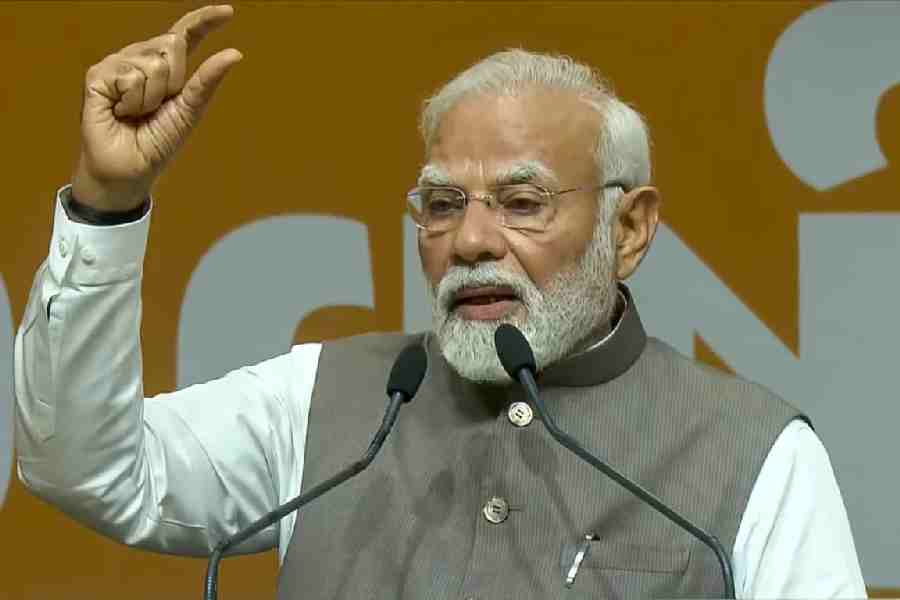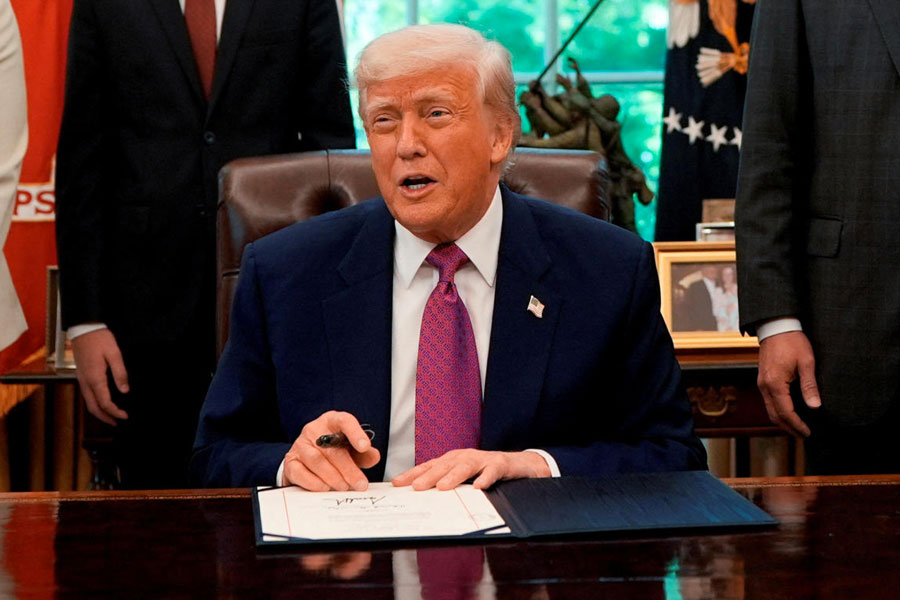|
|
| Language of power |
THE LANGUAGES OF
POLITICAL ISLAM IN INDIA
C. 1200-1800
By Muzaffar Alam,
Permanent Black, Rs 575
In the course of his erudite and penetrating analysis, Muzaffar Alam quotes the traditions of the Prophet, to the effect that ?disagreements in my community are a blessing?. Such an injunction, he argues, lent a legitimacy to a certain plurality of opinions which was integral to the development of Islam.
Such heterodoxy acquired an importance in lands that the Muslims conquered and for which then evolved strategies of cultural accommodation. At one level, such strategies were determined by the exigencies of ruling a conquered country without completely trampling upon the traditions and sentiments of the conquered. Often strategies of accommodation had profound intellectual and moral dimensions.
Alam looks at this evolving intellectual apparatus in the context of northern India from the 13th to the 18th centuries. His intention is to argue that there is evidence of a political Islam which was different from the one projected by today?s Islamist radicals. This book is a foray into an arena of intellectual history seldom, if ever, looked at by Indian historians. It is also a book that has significant contemporary reverberations.
Alam addresses issues relating to elite Islam as he draws on a body of texts produced in India and elsewhere in the Perso-Islamic world. But he does not deny that similar questions in the realm of popular Islam will yield rich dividends. Like any worthwhile enterprise in the history of ideas, Alam anchors his analysis in social history.
Alam focusses on three areas: law i.e. sharia, Sufi ideology and practice, and language. A key place is occupied by akhlaq texts in Alam?s analysis. These, especially the writings of Nasir al-Din Tusi, are the best examples of the appropriation into the medieval Muslim intellectual world of non-Islamic and even anti-Islamic ideas. But this process of appropriation went hand-in-hand with a proper sequence of reference to the Creator and the Prophet to make the texts readily recognizable and acceptable to Muslims. The texts thus attempted ?to provide a philosophical, non-sectarian and humane solution to emergent problems that India?s Muslim society encountered. In Mughal governance, the influence of Nasirean akhlaq was noticeable in the way the sharia was redefined. This was reinforced by the world that the poets and Sufis had created, ?a world in which it became possible to use the term sharia not necessarily or merely in its narrow legalistic sense. Despite this radical reinterpretation, Mughal emperors could style themselves Majesty and Light of the Faith (Jalal al-Din Akbar, Nur al-Din Jahangir).
The Sufi silsila was important in the way power was defined and wielded in India especially by the Mughals. But the Sufi view was never a monolith. It changed and was subject to serious disagreements. Yet the Sufis too highlighted the finality and truth of their own faith. But this closure was neutralized by the world of Persian poetry whose images and metaphors influenced the lifestyle of the political elites. The power of language influenced the language of power.











